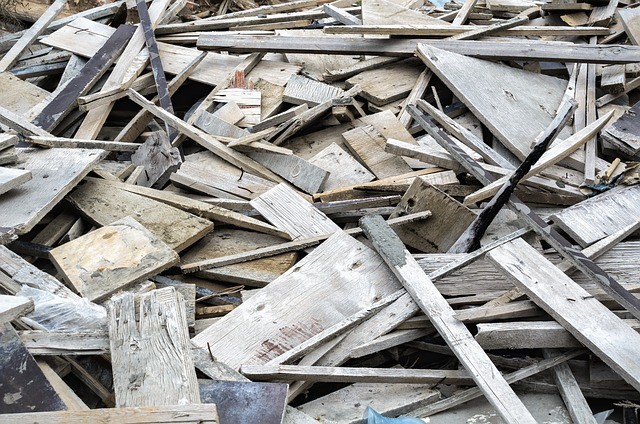In a Roman-era quarry that became a rubbish dump, archaeologists were able to find several artifacts, including two Venus statues. The artifacts date up to 1,800 years old.
Quarry Turned Rubbish Dump
Aside from the Venus statues, the artifact trove also included a kiln from a potter, clothing pins, and coins. Live Science notes that all of these were discovered in a rare area. The location used to be a Roman quarry that turned into a trash pit for the present-day city of Rennes.
Just earlier this month, during excavation prior to the development project, archaeologists from the French National Institute for Preventive Archaeological Research (Inrap) revealed their findings of a quarry that may have been foundational to Roman Rennes.
The founding of the city of Rennes dates back to 100 A.D. Back then, it was still the Condate Riedonum, which was a Roman town. As per Heritage Daily, the quarry used to be a source of Brioverian schist.
This building material was extracted for the construction of street slabs and foundations. However, over time, deposits of the material faced scarcity. The area was then abandoned and repurposed as a trash area during the second century A.D.
Due to their close proximity to towns, quarry repurposing was quite common. Quarries that were open-pit ones were ideal rubbish dumps.
During the medieval era, the quarry at Rennes was full. Archaeologists also found remnants of ovens, wells, and wooden buildings. These findings suggest that the site may have been used to produce crafts of some sort.
Other than that, they also uncovered a plumbing pipe underground that dates to the 1700s. The pipe ran under a historic female boarding school and helped with water supply at Rennes.
Venus Statues
Roman-era trash dump containing naked Venus statue and other artifacts unearthed in France https://t.co/tet9NIidmI
— All About History (@AboutHistoryMag) March 27, 2023
On the site, Inrap archaeologists also found several plate and pot fragments, coins, clothing pins, and statues of terracotta, including two Venusian ones. Back then, Venus was known to be the goddess of love. The deity then became closely linked to rules and was used to symbolize Roman power.
Excavations of the area enabled the discovery of the Venus genetrix, which means mother goddess, with fragments that reveal the goddess' torso that is draped in fabric. The second one was more complete. It was a statue of Venus anadyomene, which means rising from the sea. In this depiction, Venus was naked. Using her right hand, Venus was wringing water from her hair.
Why Is the Rennes Quarry Important?
While the quarry was seen to hold various artifacts, there are other reasons why the Rennes quarry is important. The area may help archaeologists learn more about chiseling tools, stone extraction approaches, and location management and organization during the town's growth.
Jason Farr, a Roman archaeologist from Saint Mary's University in Halifax, Canada, notes that there are relatively few excavated quarries from the Roman Era for mundane building stones. The recently discovered Rennes quarry is now even more exciting because of how it was repurposed into a rubbish dump. Thus, it serves as a hub for learning more about prehistoric life. Farr notes that so much can be learned from the site.
RELATED ARTICLE: 1,600-year-old Roman Dodecahedron Unearthed in Belgium: What Were Those Ancient Objects Used For?
Check out more news and information on Archaeology in Science Times.















